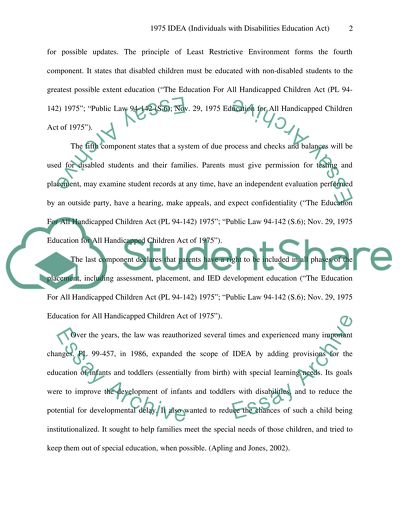Cite this document
(Individuals with Disabilities Education Act Essay, n.d.)
Individuals with Disabilities Education Act Essay. https://studentshare.org/education/1503756-individuals-with-disabilities-education-act
Individuals with Disabilities Education Act Essay. https://studentshare.org/education/1503756-individuals-with-disabilities-education-act
(Individuals With Disabilities Education Act Essay)
Individuals With Disabilities Education Act Essay. https://studentshare.org/education/1503756-individuals-with-disabilities-education-act.
Individuals With Disabilities Education Act Essay. https://studentshare.org/education/1503756-individuals-with-disabilities-education-act.
“Individuals With Disabilities Education Act Essay”. https://studentshare.org/education/1503756-individuals-with-disabilities-education-act.


